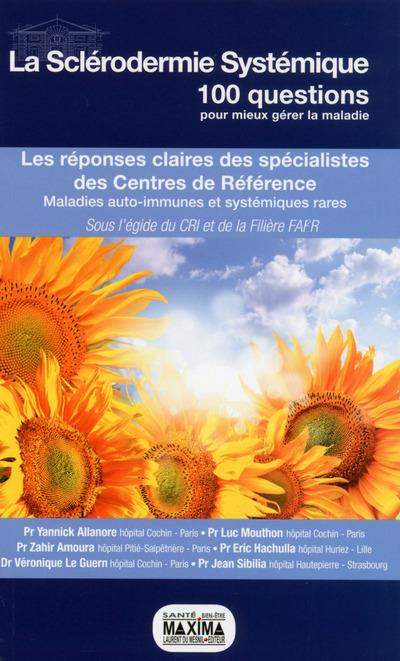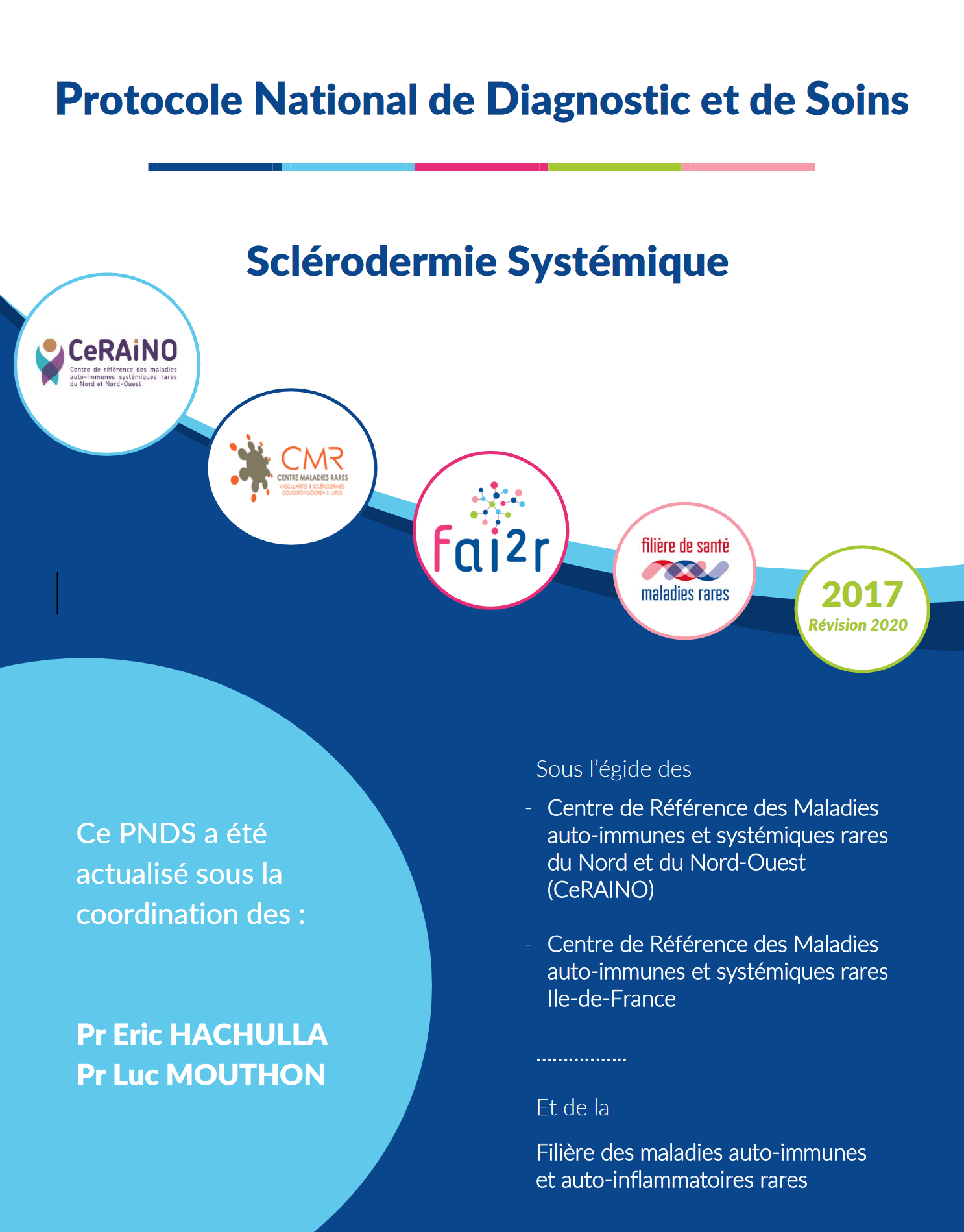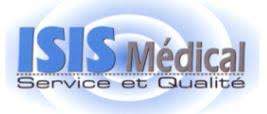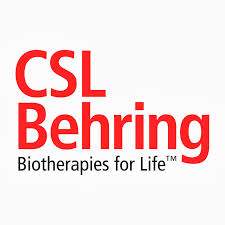Alice Ballerie1,2, Alain Lescoat1,2*, Yu Augagneur1, Marie Lelong1, Claudie Morzadec1, Claire Cazalets2,Stéphane Jouneau1,4, Olivier Fardel1,3, Laurent Vernhet1, Patrick Jégo1,2 and Valérie Lecureur1. ( Rennes)
A defect in the apoptotic cell clearance (efferocytosis) by phagocytic cells may participate in autoimmunity and chronic inflammation. The mechanisms leading to the emergence of autoimmunity in systemic sclerosis (SSc) are still to be determined. In this study, the efferocytosis capacities of blood monocyte-derived macrophages (MDM) from patients with SSc were evaluated. Blood monocytes obtained from patients with SSc and healthy donors (HD) were differentiated in vitro into macrophages. The capacities of MDM to engulf CFSE+ apoptotic Jurkat human T lymphocytes were compared between SSc MDM and HD using flow cytometry. The expression of classical engulfing receptors in SSc MDM and HD MDM was also evaluated and their involvement in the modulation of efferocytosis was confirmed using a siRNA approach. The mean phagocytic index (PI) reflecting efferocytosis capacities of SSc MDM (PI = 19.3 + 3.0; n=21) was significantly decreased in comparison with the PI of HD MDM (PI = 35.9 + 3.0; n=31; p <0.001). In comparison with HD, SSc MDM exhibited a down-regulated expression of SR-B1, SR-A1 and Integrin β5. In HD MDM, the extinction of these receptors was followed by a reduction of efferocytosis only for the repression of Integrin β5, suggesting a possible selective role of this integrin in the impaired efferocytosis observed in SSc. As efferocytosis may be at the crossroads of inflammation, autoimmunity and fibrosis, in showing impaired efferocytosis capacities of blood MDM in SSc, our study offers new pathogenesis considerations for the involvement of macrophages in the autoimmune processes driving this disorder.
In this study, the efferocytosis capacities of blood monocyte-derived macrophages (MDM) from patients with SSc were evaluated. Blood monocytes obtained from patients with SSc and healthy donors (HD) were differentiated in vitro into macrophages. The capacities of MDM to engulf CFSE+ apoptotic Jurkat human T lymphocytes were compared between SSc MDM and HD using flow cytometry. The expression of classical engulfing receptors in SSc MDM and HD MDM was also evaluated and their involvement in the modulation of efferocytosis was confirmed using a siRNA approach. The mean phagocytic index (PI) reflecting efferocytosis capacities of SSc MDM (PI = 19.3 + 3.0; n=21) was significantly decreased in comparison with the PI of HD MDM (PI = 35.9 + 3.0; n=31; p <0.001). In comparison with HD, SSc MDM exhibited a down-regulated expression of SR-B1, SR-A1 and Integrin β5. In HD MDM, the extinction of these receptors was followed by a reduction of efferocytosis only for the repression of Integrin β5, suggesting a possible selective role of this integrin in the impaired efferocytosis observed in SSc. As efferocytosis may be at the crossroads of inflammation, autoimmunity and fibrosis, in showing impaired efferocytosis capacities of blood MDM in SSc, our study offers new pathogenesis considerations for the involvement of macrophages in the autoimmune processes driving this disorder.





 Association des Sclérodermiques de France
Association des Sclérodermiques de France
















